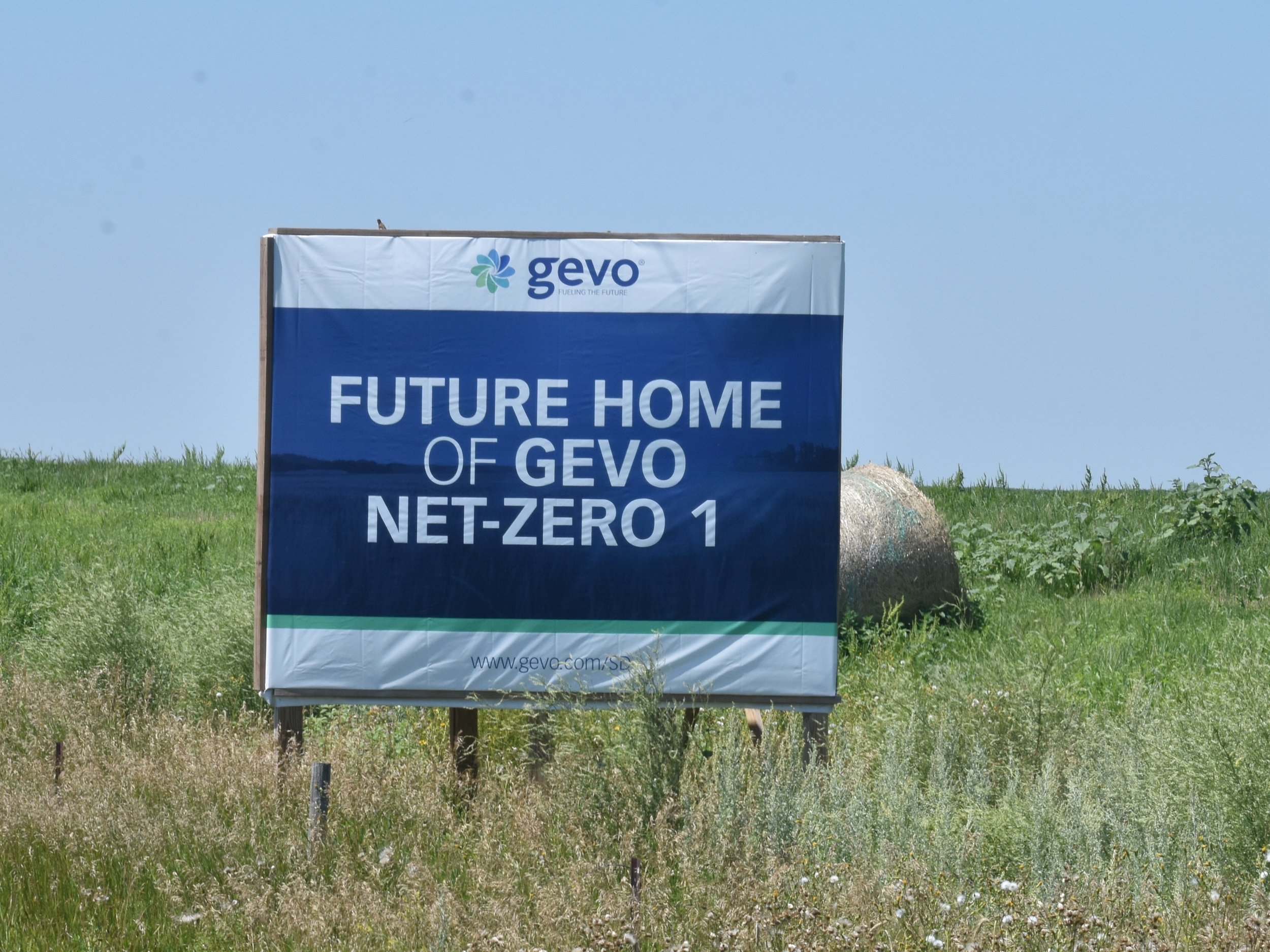USDA’s $3B bet on climate-smart markets relies on widely varying farmer incentives, requirements
Image Credit: agri-pulse.com
When South Dakota farmer Paul Casper first heard about a project that’s growing climate-smart grain for sustainable aviation fuel, he was intrigued by the prospect of making extra money based on practices he’s already using, including no-till farming.
He liked the idea of a three-tiered incentive offered by the biofuel company Gevo Inc., which aims to fuel airliners with SAF made from corn produced with a low carbon footprint.
With the help of $30 million in USDA funding, Gevo promises to pay farmers a total of $18 million for both the practices they install and the carbon intensity reductions expected from the use of those practices, according to the company’s contract with USDA.
Better yet, farmers like Casper who already use these practices can qualify for payments; they are not only for farmers who implement them for the first time, which is the case with some other carbon credit programs.
The project also offers Casper the chance to try new techniques, including application of biological products; he also will benefit by further reducing soil erosion.
“Your money maker is your own soil,” Casper said. “So why wouldn’t you want to understand and learn more about how to preserve it?”
Hundreds of companies, nonprofits, state governments and universities have rolled out projects with aspirations similar to Gevo’s $46 million Farm-to-Flight program.
The efforts are part of the Biden administration’s Partnerships for Climate Smart Commodities (PCSC) initiative, which combines $3 billion in USDA funding with more than $1 billion in investments by corporations, universities and non-profit groups. The projects will pay farmers to adopt climate-friendly practices and collect data to help guide future carbon reduction efforts with the goal of creating new markets.
But for what these projects share in ambition, their approaches vary widely and with differing levels of complexity, based on an Agri-Pulse analysis of 82 project agreements that are getting at least $5 million in USDA funding. These 82 projects account for more than $2.6 billion of the USDA funding for the initiative and $982 million of the non-federal spending.
Most of the 82 projects simply provide payments to farmers for each acre on which they adopt a specified practice, or by using an equivalent unit of measurement. Others will pay based on expected outcomes, or in some cases, on measured reductions in carbon emissions.
One of the largest projects in the entire initiative, led by the Iowa Soybean Association but operating over 12 states, expects to pay farmers about $40 per ton of reduced carbon emissions over the life of the project; farmers will be paid about $33 an acre through the program.
Some projects, like Gevo’s, will pay farmers for practices they already use. Others like the U.S. Cotton Trust Protocol’s project offer payments only for new practices farmers undertake.
Original Article on agri-pulse.com

